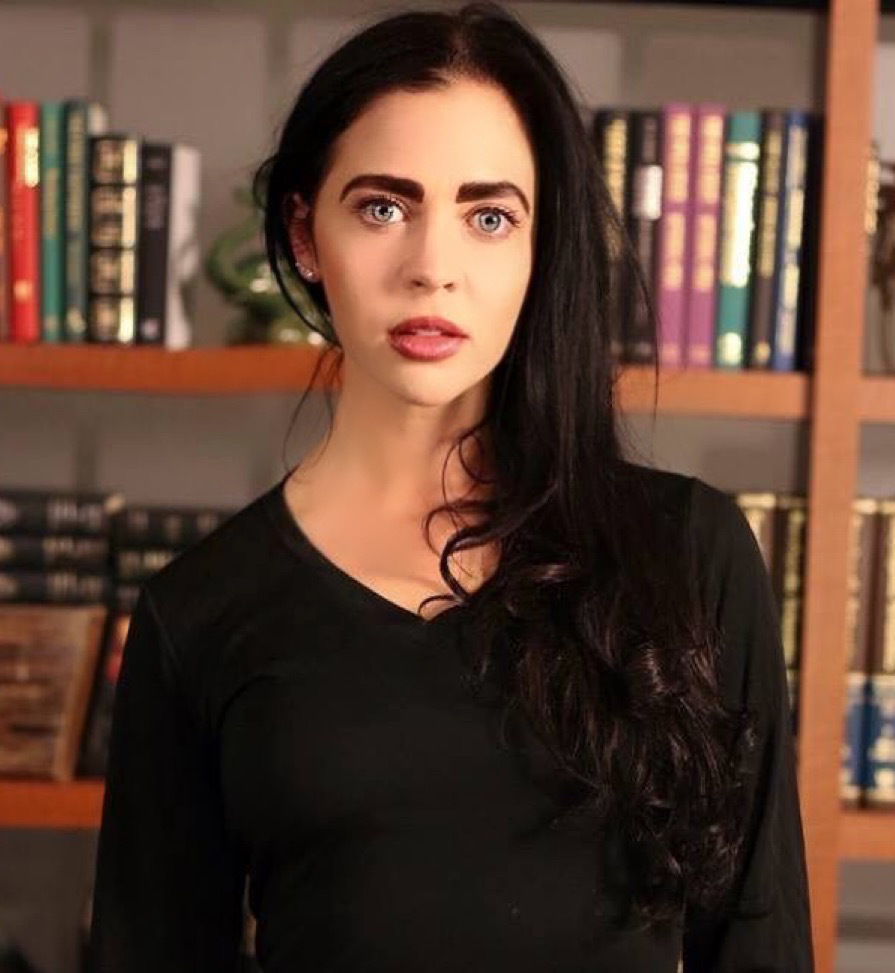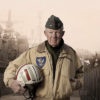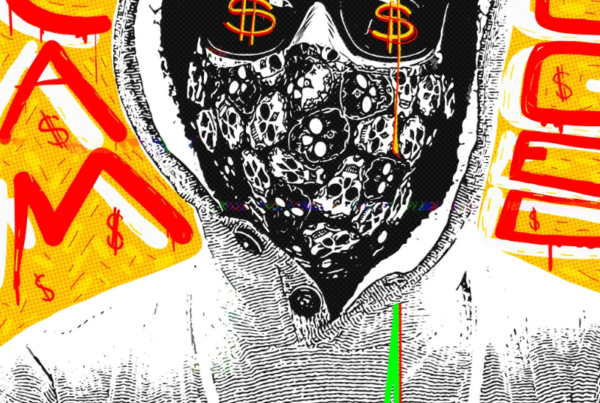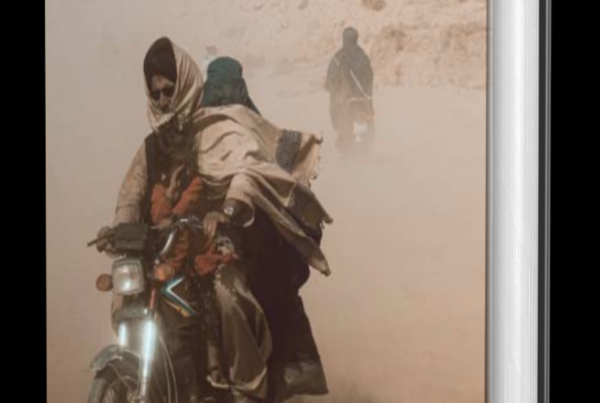You can’t put a veteran in a box.
From ballet to bullets to ballet again, the various incarnations of U.S. Marine and Iraq War Veterans Román Baca – at first glance – appear paradoxical. But dig a little deeper, and it becomes surprisingly apparent that the two professions carry a similarly complex trove of treasure and turmoil.
“First, there is the physicality. Getting up and doing physical training, running drills, and then going to target practice wasn’t a big shift from the long dance rehearsals seven days a week. I tell people the drill instructors I met at Boot Camp weren’t any meaner than the Russian ballet teachers I had,” Baca says me from his London home, where he temporarily resides, working as a professional dancer and artistic director. “But the military is very much like the performing arts; you are learning choreography in both cases. Both use visualization, memorization, and rehearsals to instill the choreography into your body and work together as a team. It is just used for a different purpose. The military strengthened the discipline I had as a dancer; it strengthened the perseverance.”
For the Veteran and New Mexico native, life today revolves around continuing his military mission, fusing his past and present in a unique way. In 2000, Baca took hiatus from his performing arts career – a year before airplanes struck the World Trade Center in New York City – to follow a family legacy into the U.S. Military.
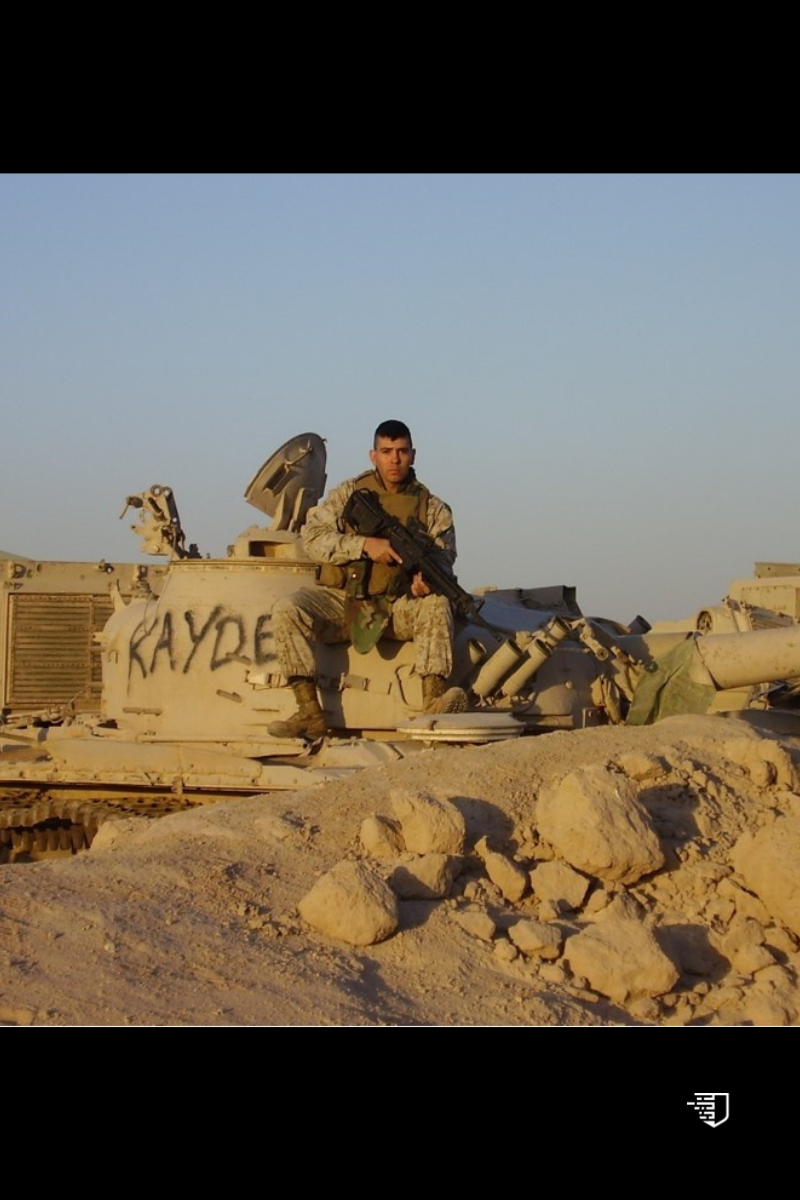
“I had had the opportunity to dance a very diverse repertoire by some choreographers that imbibe their work into social causes. And that is when I felt very driven toward doing something bigger, being part of something larger than myself. I needed to rediscover the feeling of being of service, and my family has a long history of service in the military,” Baca continues. “My grandfather served in the Korean War, and it had been this profound shift for him. He came home and married my grandmother, got a job and started a family. I thought maybe that is what I needed, so I decided to join the Marine Corps.”
Nonetheless, detailing a dance career in a hardened military landscape came with mixed responses. Baca notes that he spent much of his free time teaching or guest performing off-base but, for the most part, kept his shadow existence under wraps.
“I figured that the topic of being a ballet dancer would not be well-received. During my initial Bootcamp training, one of my dancing friends sent me a photo album of us dancing together. A few of the guys saw it. Some were like, ‘wow, that is cool,’ and another guy stopped talking to me altogether,” Baca recounts. “I didn’t tell many people about it after that, not until years later in Iraq.”
Baca served in the Marines until 2008, and he spent seven months as a machine gunner and fire-team leader in Fallujah in 2005, during Operation Iraqi Freedom. Here, wrapped in the dust, darkness, and uncertainty of war, he rekindled his love of the arts.
“I missed being creative. So, I sketched while I was in Fallujah. I would climb up the roof where we were staying in the mornings with my coffee,” Baca tells me softly. “And I would spend the couple of hours I had by myself just sketching before we got on with the day.”
After leaving in 2008, he moved to the sleepy streets of Connecticut with his girlfriend – now wife and fellow classically trained dancer – purporting to live a life that oozed with normality. Yet bearing the burden of battle scars while adjusting to civilian life defined by a steady desk job quickly became too much to bear.
“I didn’t do so well at it. I developed a lot of anxiety. It was hard for me to work in an office setting and learn how to deal with other people. My wife suggested I go back into the studio and start choreographing, not with a real kind of purpose; just to start collecting that artistic muscle again,” Baca explains. “I started kicking around some choreography and sending it around to some artistic directors for their feedback.”
The most heart-searing feedback came from an Austin-based ballet associate who said, “Find your voice, find that one thing in you that is dying to come out, and talk about it from a very real space.”
“For me,” Baca continued, “that was war.”
“I had just been in this military experience. I had just had all these people around me who had been in war, and left the war, and were trying to find their place back home,” Baca recalls. “So, I turned my choreographic lens and research toward putting war stories on stage, and I have been doing that ever since.”
In fact, the lightbulb moment led to the creation of his own nonprofit contemporary dance company, Exit12, centered on epitomizing the experience of war and conflict and bridging the cross-cultural gap between veterans, their families, and civilians. Baca’s study into the potency of movement as a healing art form is enriched further by his current Ph.D. research through York St. John University in the U.K., which hinges on the notion that “one effective modality is finding unique choreography to help people find a new embodied imagination, much like they did in military training, to move through the civilian world, in an Aristotelian-like way of underlining the connection between action and ethics.”
Now, Baca gives lectures and performs around the world, shedding light on the power and nutrition drawn from the narrative of dance, headlining everywhere from West Point Military Academy, Stanford University and Lincoln Center to Walter Reed Military Medical Center, and Arlington National Cemetery. He also leads workshops for families of veterans and those on active duty, dabbling in themes stretching from grief and loss to life as an Iraqi crushed in the crossfire of a country on fire.
“We had an Army mother who had once been a dancer come in a create a ballet about her two sons who are still in the U.S. Army and had been deployed to Afghanistan at the same time. While she was in the studio, her boys were in the desert. She created a ballet looking at their service through the eyes of a mother, watching her children grow up and fall in love with their first girlfriends, and then seeing them leave for war,” Baca details. “We had another dancer friend join us in New York in 2011. Two years later, her brother joined the military. In 2016, three days before he was set to be discharged, he tragically took his own life. She courageously created a ballet called ‘For My Father,’ which looks at her father’s journey through her brother’s life and service.”
There was not a dry eye in the audience.
Sliced at any angle, Baca – who emphasizes that he has since been overwhelmed by the support from his fellow Marine community – illuminates the importance of art as a way for Veterans to express often buried emotion and not only choreograph a sequence but, in many ways, choreograph their lives.
“We will continue working with Veterans and all people affected by war – immigrants, refugees, people who have been displaced by war. By tapping into these stories, we can provide an accessible way for audiences not only to see and feel what these people have been through and what war does, but it also helps to start conversations about war and peace and responsibility,” Baca adds. “Doing this work, bringing stories that most will never hear and putting them on stage and making them real for people, watching veterans light up and feel as though they are valued as people again, has given me purpose. It has given me this feeling of service that I think I was looking for all along. And I finally found it here.”

